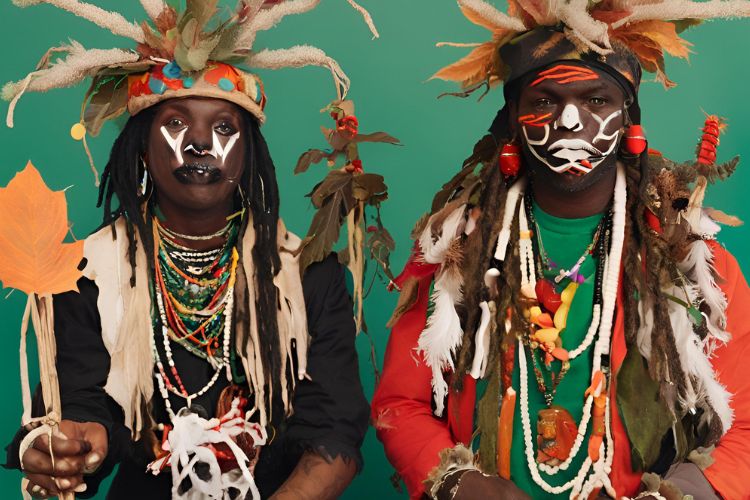Witch doctors, also known as traditional healers or shamans, play a crucial role in many cultures around the world. These spiritual practitioners have a deep understanding of traditional medicine, herbalism, and spiritual healing. They are believed to communicate with the spirit world and possess the ability to diagnose and treat various physical and spiritual ailments. In this article, we will explore the art and rituals of witch doctors, shedding light on the spiritual practices and ceremonies that form the core of their work.
The Role of Witch Doctors in Society
Witch doctors hold a respected and revered position in the societies where they operate. They are often consulted for a wide range of issues, including physical illnesses, emotional disturbances, and spiritual guidance. Witch doctors are believed to have a unique connection to the spiritual realm, allowing them to access knowledge and power beyond the understanding of ordinary individuals. Their role is not only to heal the sick but also to maintain the balance between the physical and spiritual worlds.
Diagnosis and Divination
One of the key practices of witch doctors is the art of diagnosis and divination. Through various rituals, such as trance-induced states, meditation, and the use of divination tools like bones or stones, witch doctors are able to communicate with the spirit world and receive guidance on the nature of a person’s illness or affliction. They may also use traditional methods of reading signs and omens to uncover hidden truths and offer insights into the root causes of an individual’s suffering.
Herbalism and Traditional Medicine
Witch doctors are well-versed in the use of herbs, plants, and other natural remedies for healing. They have a deep knowledge of the healing properties of various plants and minerals, passed down through generations. Witch doctors create remedies and potions to treat physical ailments, cleanse the body of negative energies, and protect against malevolent forces. These herbal preparations are often combined with ritualistic practices to enhance their healing power and effectiveness.
Ceremonies and Rituals
Central to the work of witch doctors are ceremonies and rituals that are performed to invoke the assistance of the spirits, ancestors, and deities. These rituals may involve chants, dances, drumming, and offerings of food, incense, or other sacred items. By creating a sacred space and connecting with the spiritual realm, witch doctors are able to channel divine energy and wisdom to facilitate healing and transformation. Ceremonies are also held to mark important life events, such as births, marriages, and deaths, and to honor the ancestors and guardians of the community.
The Ethics and Responsibilities of Witch Doctors
Witch doctors operate within a framework of ethics and responsibilities that guide their interactions with clients and the spirit world. They are bound by principles of confidentiality, respect, and integrity in their practice. Witch doctors must also adhere to traditional codes of conduct and honor the sacred knowledge and traditions that have been entrusted to them. It is believed that the misuse of their powers or the violation of spiritual laws can have serious consequences for both the practitioner and the community.
In conclusion, the art and rituals of witch doctors are an integral part of the spiritual and cultural heritage of many societies. Through their deep connection to the spirit world, their knowledge of traditional medicine, and their commitment to healing and service, witch doctors continue to play a vital role in promoting health and well-being in their communities. By honoring and preserving the traditions of these spiritual practitioners, we can gain a deeper understanding of the mysteries of the universe and the interconnectedness of all beings.

